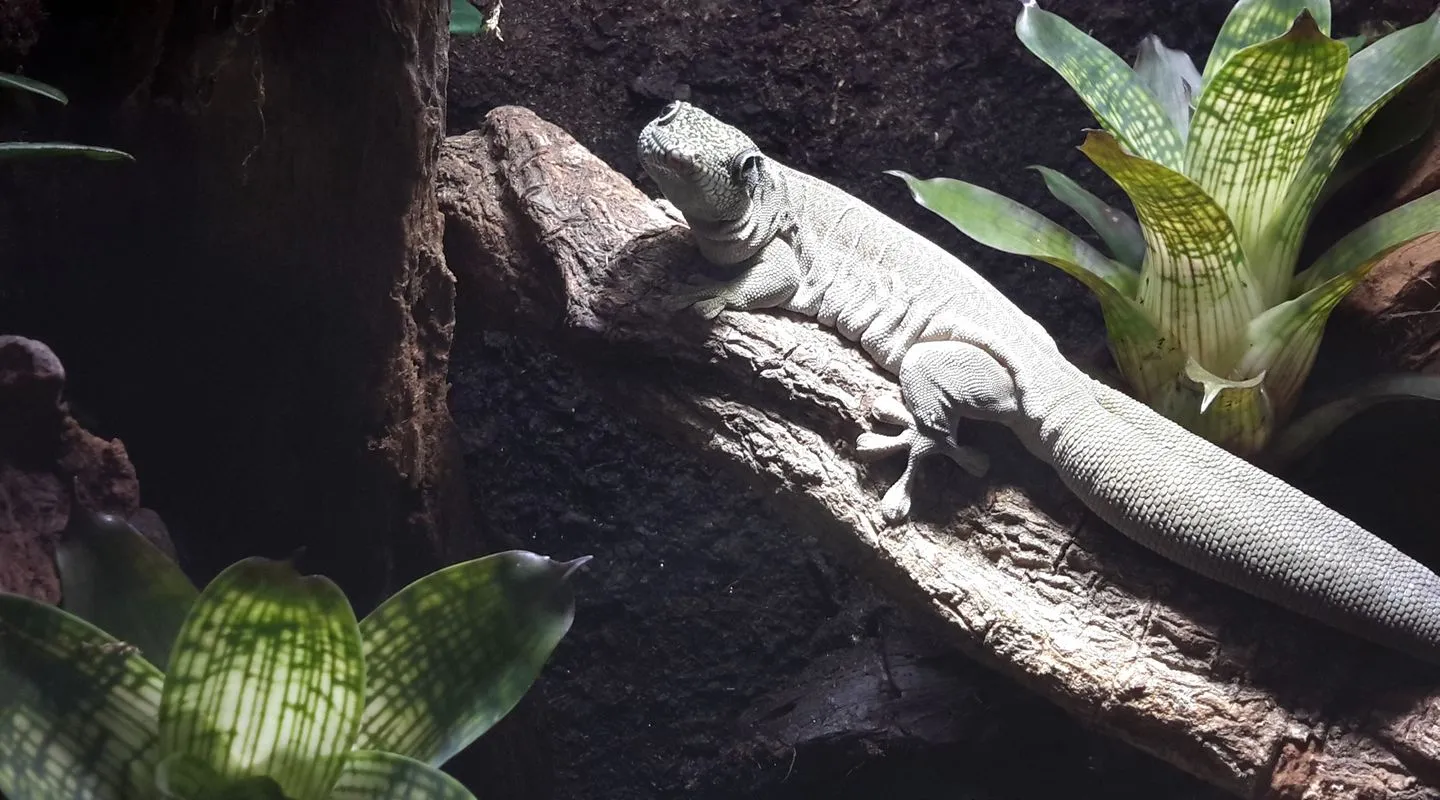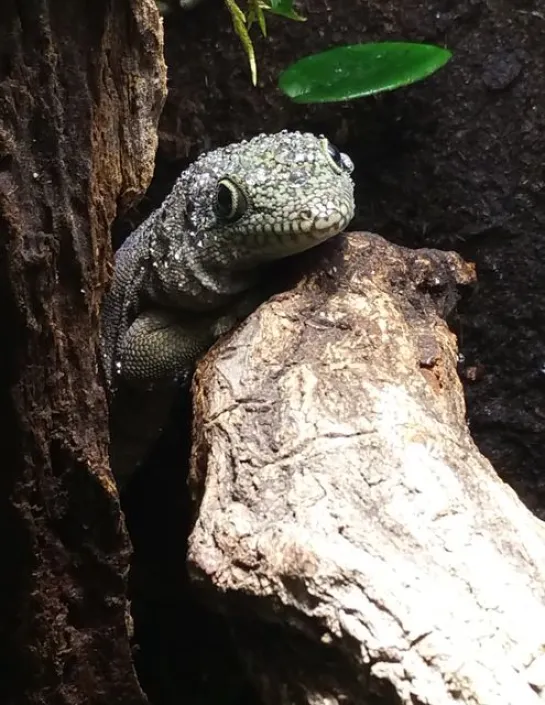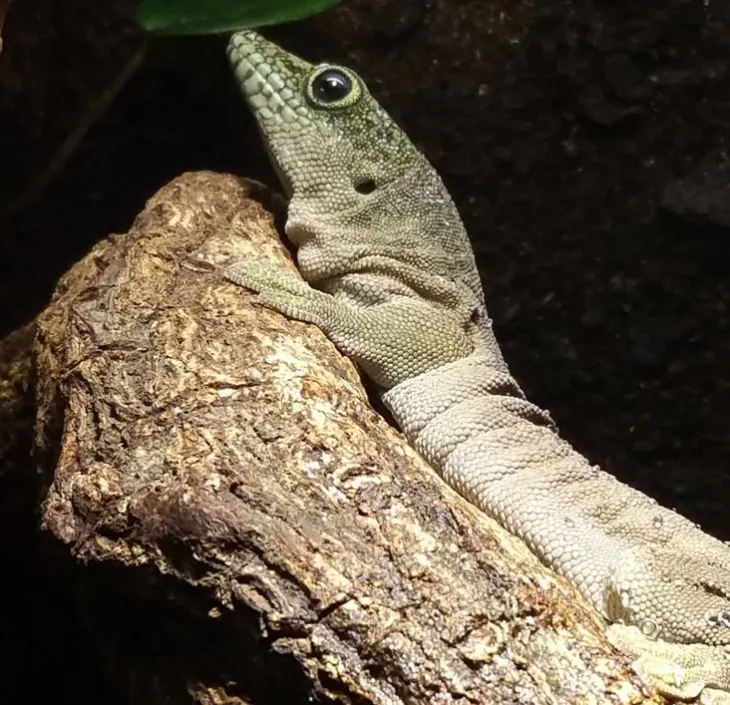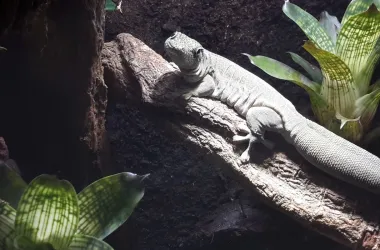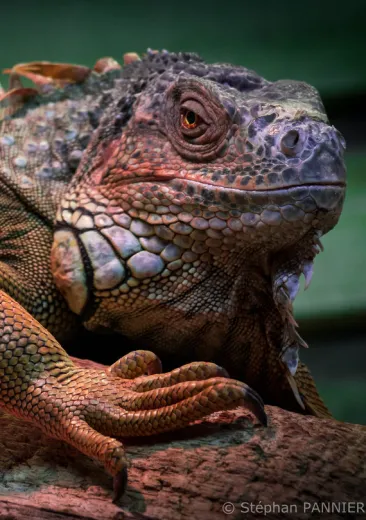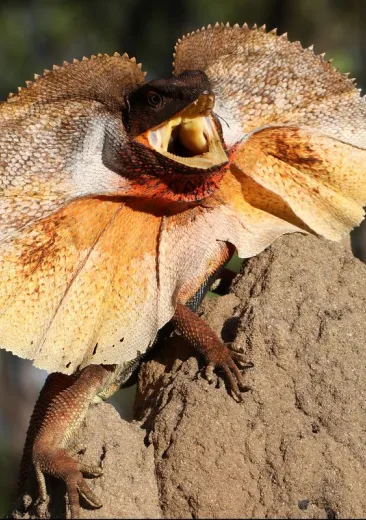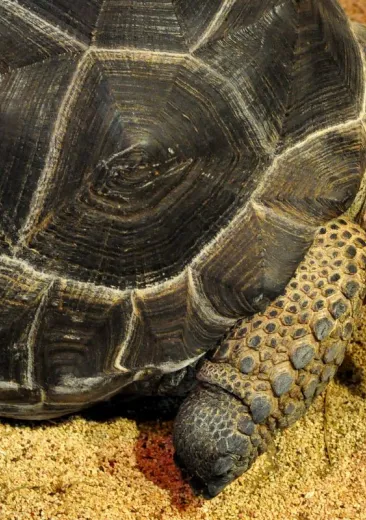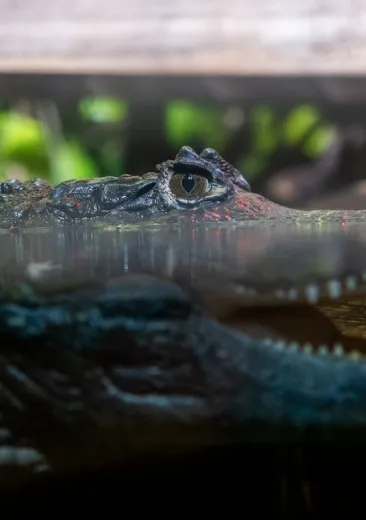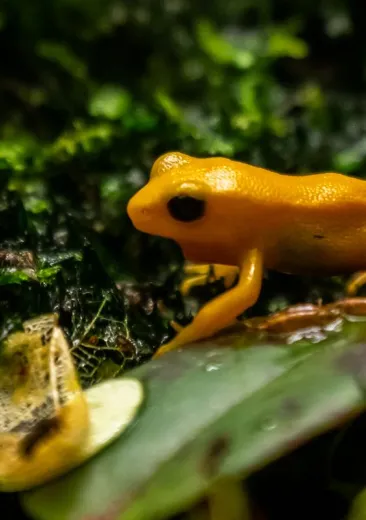Biomimicry: the adhesive strips on the underside of geckos' legs inspired the development of Gecskin, a material used to attach objects to walls.
This species is oviparous. Breeding takes place during the wet season, between November and March. The female usually lays two eggs every 4 to 6 weeks. Incubation lasts 70 days.
